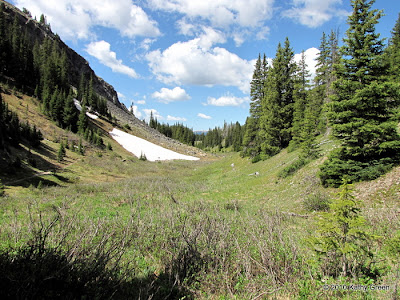Planting for the Pollinators

By now, most of us have heard about the plight of the honey bees, known as Colony Collapse Disorder, or CCD. In this case, CCD has nothing to do with digital photography. Rather it is a somewhat yet to be understood phenomenon where large percentages of a bee colony simply disappear. The hive is left intact, with little or no sign of dead bees. CCD primarily affects the commercial beekeepers, but should be a source of concern for all of us. CCD is being researched by many people, the USDA included. If you are interested in learning more, you can find a great source for more information here: http://www.ars.usda.gov/News/docs.htm?docid=15572.
So, why should you care? Well, for one thing, honey bees are one of the many types of insects responsible for pollination, which in turn gives us most of the crop foods that we eat. If the honey bees die off, we need to find new ways of commercially pollinating our food supplies. Also, honey bees, as with all things in nature, are interconnected with the rest of the world. We humans are not the only creatures dependent on their survival.
What simple things can we do to help support the pollinators? Use pesticides wisely for one. Not every insect is a pest, and not every bee is out to sting you. Spraying indiscriminately around plants, especially those in flower, has the potential to kill the very insects we need to save. Another way is to plant native species that are known in your area to attract the bees and other pollinators such as hummingbirds, butterflies and moths. Some of these plants include herbs, flowering shrubs, crab apple trees, and many perennial flowers. Finally, by providing a natural habitat, you can give the pollinators a place to live. Be observant in your yard, and learn what types of flowering plants the bees and other pollinators like, and then leave them alone to do their very important business.


Comments
Post a Comment
Thank you so much for taking the time to visit my blog and commenting on what you read and see! I hope that you find something in these posts to reflect upon.
I apologize for requiring comments to be moderated, but lately I have been getting a lot of spam comments that link to not so nice websites! I hope you understand.